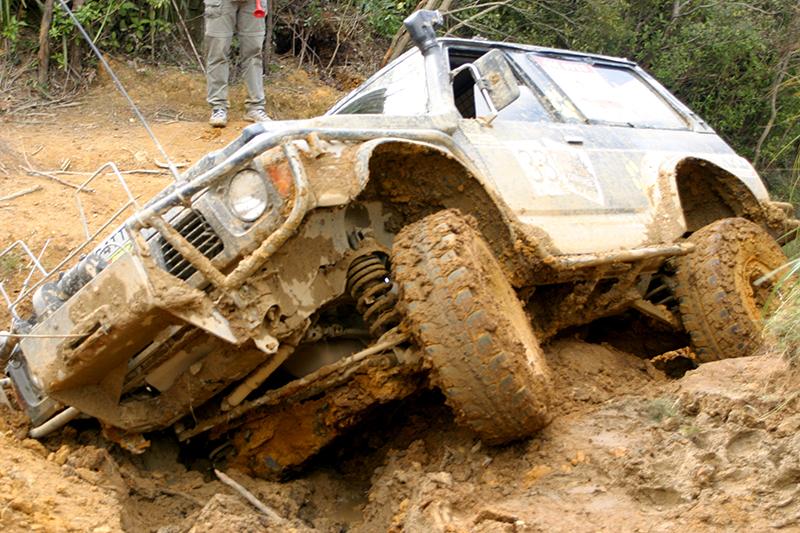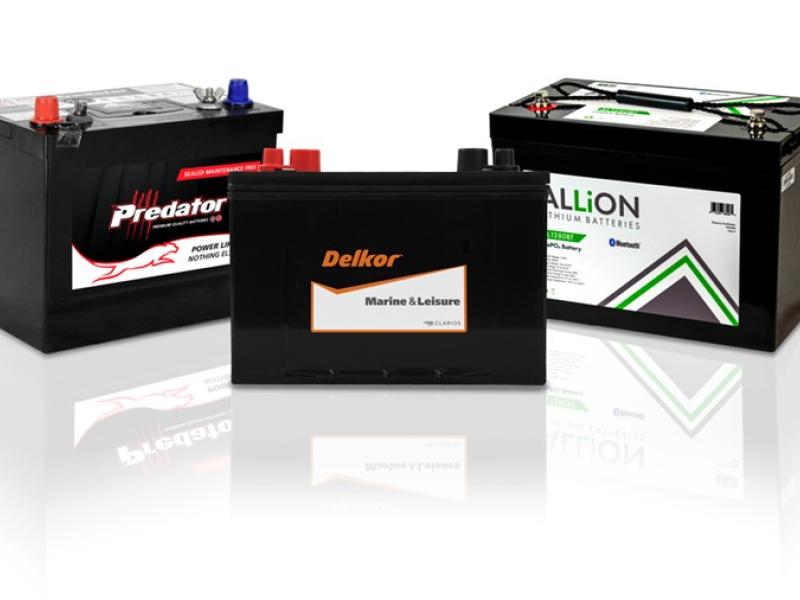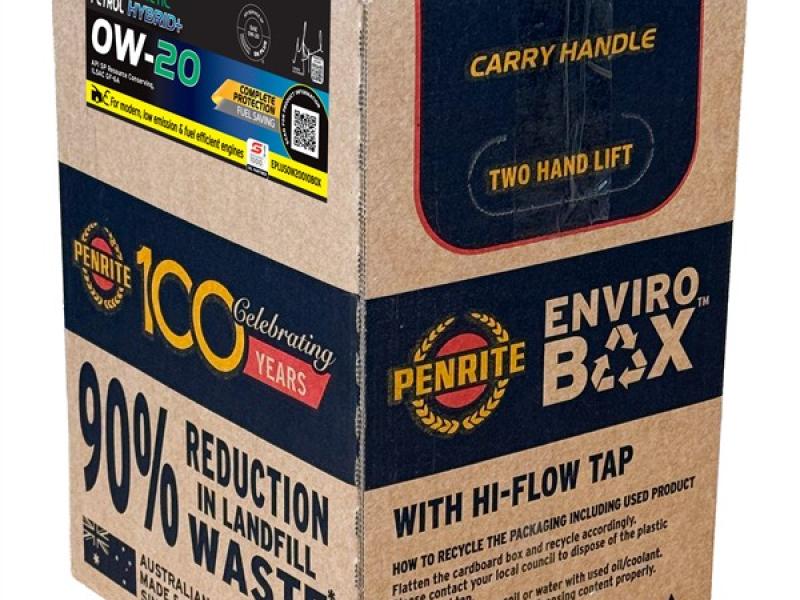Mud plus sand, dirt, dust and more mud – that’s what makes servicing 4WD’s more challenging than servicing standard vehicles, at least for those that venture further offroad than the grass verge outside the school!
4WD’s tend to travel in groups, both for companionship but also mutual safety in case recoveries are required. Often to get to an off-road destination there will be a convoy over local metalled back country roads – which generally means travelling in a dust cloud for all but the lead vehicle.
Once off-road, vehicles may be traversing sand (usually a beach with added salt water spray) or areas of mud – often quite deep! In the South Island there may be numerous crossings of braided rivers, again with water covering at the least the full underbody and potentially to near the top of the bonnet (assuming the vehicle at least has a snorkel!).
Outside the environmental challenges, the tracks will be rough and will often use full suspension travel (which may be enhanced by suspension modifications), larger wheels and tyres are regularly fitted increasing unsprung weight and the leverage on suspension components.
All of this means there is significant extra potential for wear and tear, especially in the undercar area (suspension, transmission, exhaust) plus increased risk of corrosion.
Given the above operating conditions workshops should scrutinise more closely during servicing components that may be impacted by off-road driving such as bearings, suspension bushes, brakes and drive train, it may be advisable to suggest reduced service intervals to cater to the adverse conditions or fitting upgraded components when repairing to avoid future issues.
Another area to consider is the electrical system, often 4WD’s have extra electrical requirements to power accessories, recovery winches, extra lighting and for overnight off the grid camping (portable fridges are a common accessory). They may have a dual battery setup or uprated alternator or even solar panels added into the system. Again alternators get exposed to water and mud frequently so a more detailed visual and operating check would be a good idea.
So when servicing a 4WD it is wise to think about the conditions they may be used in and alter your normal inspection to allow for this.
Mud, glorious mud!
Mud, glorious mud!
Parts
Monday, 04 April 2022






